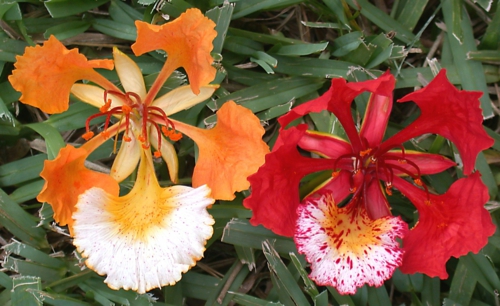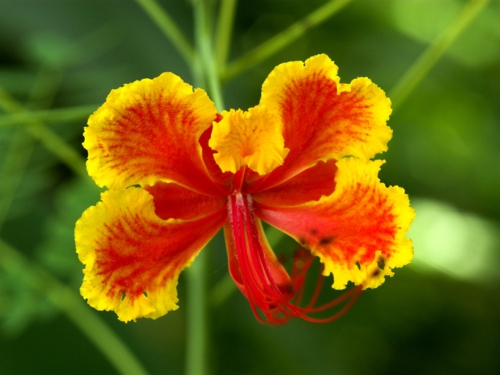Red flowers in the garden – red peacock bush
A great design plant: red peacock bush
You absolutely want to stop and admire this beauty when he sees the flowers of the red peacock bush. The orange-red leaves in different shades are seen from spring to late summer on this shrub. The red peacock bush loves warm temperature and the sun.
Botanical name: Caesalpinia pulcherrima
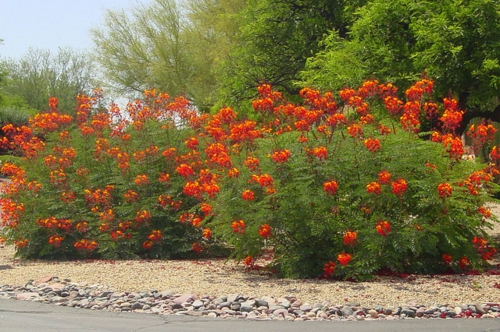
Common name: red peacock bush, pride of Barbados
Origin: native to the West Indies and Mexico
Temperature requirements: hardy to -12 degrees
Water Requirements: mittle
Light requirements: full sunshine
Growth height: 1.8 to 3 meters high and far
Resistant to dry, yet ideal for watering once a week from spring to fall, attracts butterflies and hummingbirds
Flowering time: bright orange-red flowers are seen from April to September
Growing season: spring, summer or autumn
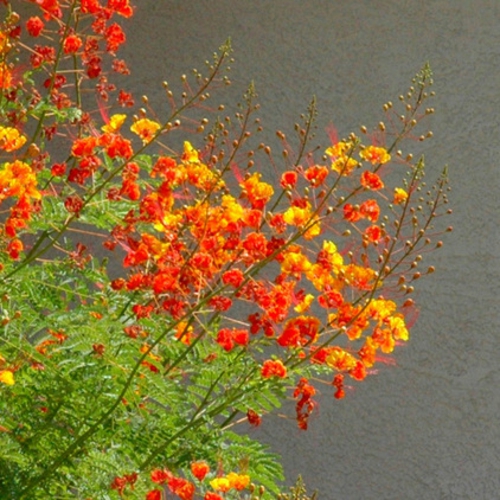
Characteristic features. The red peacock bush has beautiful flowers that stand over the big bushes.
Different shades of red, orange and yellow can be seen on each flower, so the plant is very desirable for the landscape. After flowering, seed pods follow. These flowers are very favored by the Canaries.
In tropical areas, the red peacock bush can be very attacking.
Small leaves – tropical look
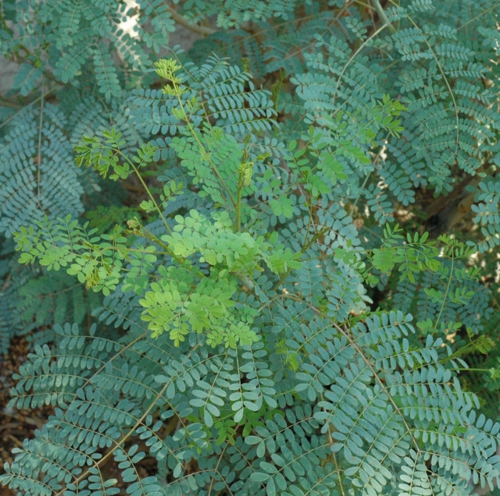
The leaves are small, and give a tropical look to a desert landscape. The red peacock bush is dormant in winter and grows fast in spring.
There is a kind of nice yellow flowers

This large shrub looks great planted in groups of three or five pieces
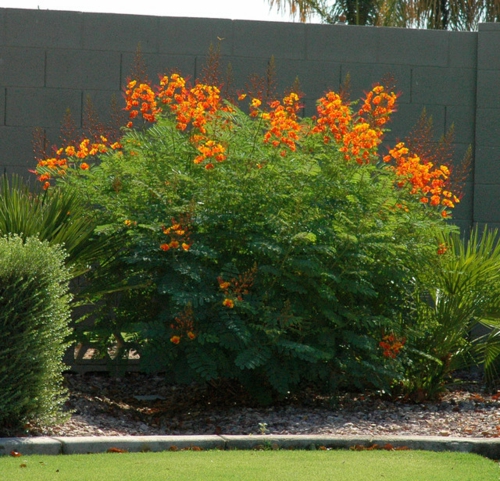
He would be fantastic on a bare wall. It is also suitable for use with water pools and can hide the pool and air conditioning systems well.
The red peacock bush can handle full sunshine surprisingly well. He can beside purple Wandelrüschen (Lantana montevidensis) and groups of daisies serve as color contrast in the warm months.
Cultivation and care
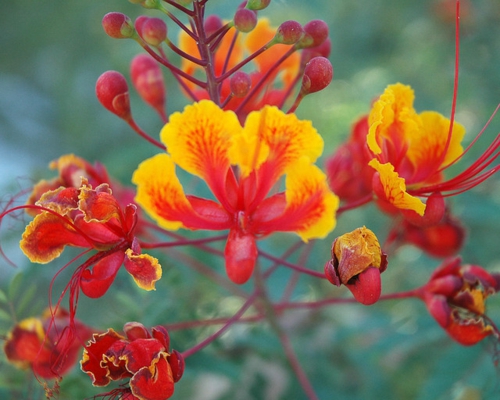
The red peacock bush is not fussy. Grow it where there is full sunshine in well drained soil. The care is simple: cut hard in the winter up to 30 centimeters. In spring it grows fast and starts to bloom in April or May. In colder areas, cover with mulch and fertilizer in winter to protect the root.
For a longer flowering period, cut off the upper 60 centimeters slightly in August, so it lasts until October
